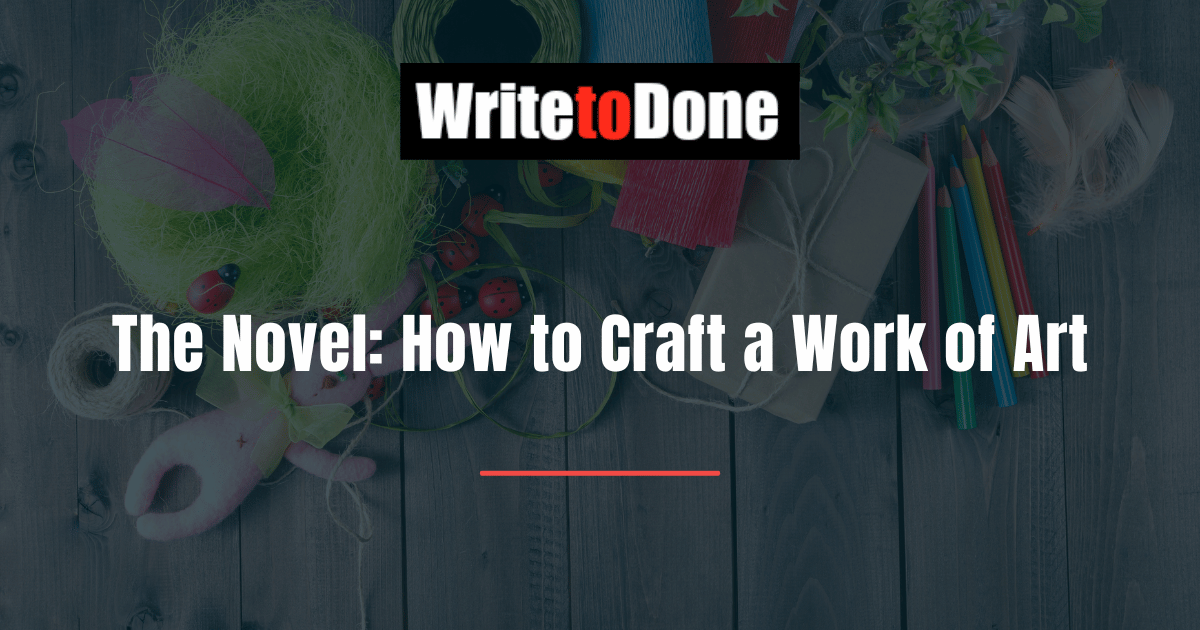If you want to see a room full of writers go ballistic, right up there with a lynch mob on the hysteria scale, tell them there really is a formula for writing a novel. A list of elements and criteria that define the nature of the work.
They probably already know that stuff exists for screenwriters, but novels? No, novels are art. Everybody knows that, and if you don’t, well you’re probably a screenwriter at heart. Or maybe an engineer with a taste for Clancy novels.
So are novels works of art? Absolutely, yes they are. So is cooking and making candles, but nobody argues that recipes don’t work in those fields, and the same is true for writing novels.
While penning a novel is indeed an artistic enterprise, it is also one that depends on solid craft to be successful. And you wouldn’t set out to whip together a four-course meal or pour yourself a chapel full of candles without getting your head around the craft of it before putting on the old apron.
And yet, many novelists – even experienced ones – rip into the writing of a story without the slightest idea what the components or criteria for a good of a story are – that’s the craft of storytelling – armed only with a killer idea and a den full of bestsellers they’ve read, each of which have led them to the dual delusion that,
a) it doesn’t look all that hard
b) I’ll just head on down the storytelling road and see what happens.
As if that’s how it’s done.
How it’s done is all over the map, and that’s one of the reasons teaching writing is such a challenge.
Should you outline or write organically?
Should you depend on your drafts to add new elements and depth to the story, or are your drafts used for honing the elements to a crisp edge and elegant sheen?
What is the art of storytelling versus the craft of storytelling?
Let’s look at two metaphoric houses to tell the difference. Both are built from specific designs. Both are executed from blueprints. But one is a tract home in a crowded neighborhood, the other – no bigger in terms of square feet – end up on the cover of Architectural Digest. Both were built with excellent craftsmanship. But only one is considered a work of art.
The art resides in the design, and the craft resides in the execution.
Say what? You’re a writer, not a general contractor. So let’s break it down.
At the design stage, both houses are nothing more than the sum of a bunch of concepts and ideas, just like a novel. To simply stand upright against a stiff wind – the metaphoric equivalent of getting published in the case of a novel – there must be solid ideas and concepts in play which are executed with a sufficient level of craftsmanship.
But the essence of the truly artistic house is the originality, energy and beauty of the form and shape of the structure. Without something exciting, fresh and thought-provoking, you risk your story being perceive as yet another tract house in a neighborhood full of mediocrity.
Unpublished novels earn and keep that label because they lack art or craft, or both. It’s not rocket science to accept that premise. But too many of those unpublished writers put all their chips on one or the other, without understand that it is the melding of both that becomes a sum in excess of the parts, which is precisely what publishers are looking for.
It boils down to this: a great idea or concept does not a good story make. What evolves a killer idea into a marvelously compelling story requires craft, executed with artful creativity.
Art is the essence of that originality and the power of the end result.
Craft is execution using the tools of the trade: a great hook, a compelling set-up, a plot point that grabs the reader by the throat, irresistible stakes, magnificent tension and elegant exposition, blinding twists and heart-wrenching character arc, and a denouement that goes down like a smooth southern beverage on a steamy summer night under a full moon. Or, one that scares the pants off you, depending on your genre.
In athletics they say you can’t coach speed, and the same can be said of the art of storytelling. But it can be learned, and the formula for that is this: read, write, repeat… read, write, repeat.
The art of storytelling is an aesthetic sensibility that evolves with fickle timing, and you have to chase it down and then hold on until the whistle blows. As for craft, the formula is much more precise: set-up, plot point, response, proactive pursuit, final twist, selfless heroism and irony. Some call it orphan, wanderer, and martyr. Whatever.
It is a discipline that you’ll embrace before you write a successful, publishable story, whether it be through discovery as you write drafts or through story architecture that you create as a roadmap for your narrative.
And in the end, if you do it right, the reader will never know the difference between your art and your craft… just like that first bite of something succulent prepared by the hand of a master chef. It just takes you there, without a hint of recipe, and equally dependent upon both the art and the craft of the creator.
[thrive_text_block color=”blue” headline=”Want to be a published author?”]
The Proven Path From Blank Page To Bestselling Author.
FREE WORKSHOP: Register Now To Save Your Spot
[/thrive_text_block]
















